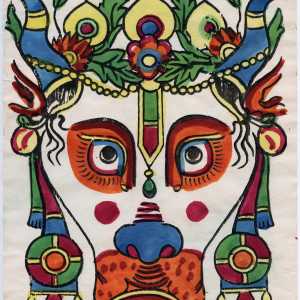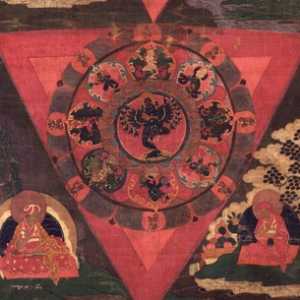
We all face obstacles in our lives. The challenge is finding the best way to overcome them. It’s no wonder that one of the most beloved Hindu deities is Ganesha, the powerful, elephant-headed god known as “the remover of obstacles.” In India and abroad, many people worship Ganesha during the beginning of new endeavors such as the start of the school year or a new business pursuit, in hopes of keeping the path to success clear of any obscurations that could get in the way.
Falling around the end of summer, Ganesh Chaturthi becomes a grand celebration honoring Ganesha and his benevolence towards all people. This year, it was celebrated in September and led to incredible displays of affection across India (check out these photos from The Wall Street Journal to see for yourself)!
Festival celebrations

How long has Ganesha Chaturthi been celebrated? No one is quite sure, but early records show that is was practiced in Pune near the west coast of India since at least the 17th century. Today, Ganesha Chaturthi is not only celebrated in India, but throughout the world by the many Indians that live abroad.
Like most successful events, preparation for Ganesha Chaturthi often begins months in advance. although the festival usually only lasts around ten days. Usually, the celebrations include the installation of temporary Ganesha shrines and sculptures. In private households, families will make offerings of flowers and sweets to these statues in the morning and evening. Public events with youth and community organizations include dances, dramatic performances, and music. Think about other events with similar festivities—even if it wasn’t Ganesha Chaturthi, you probably know what the atmosphere is like.
Creating and Destroying Ganesha Sculptures

The festivities conclude with taking the temporary sculptures of Ganesha and submerging them in a body of water. Traditionally, these sculptures were made out of clay and would dissolve after being placed in the water, representing the continuous cycle of creation and return emphasized throughout Hindu philosophy.
And today? Most of the clay materials have been replaced by gypsum plaster (also known as plaster of Paris), which makes the sculptures easier to produce. With these new materials, environmental concerns have also grown. Many Indian states have conducted awareness campaigns encouraging people to use clay instead of gypsum plaster. That’s yet another obstacle that Ganesha might help devotees overcome.

Can’t get enough of Ganesha? The Rubin is a great place to learn about the many legends associated with him. Discover several sculptures of the elephant-headed god on your next visit.
Add Your Thoughts
Comments are moderated, and will not appear on this site until the Rubin has approved them.



